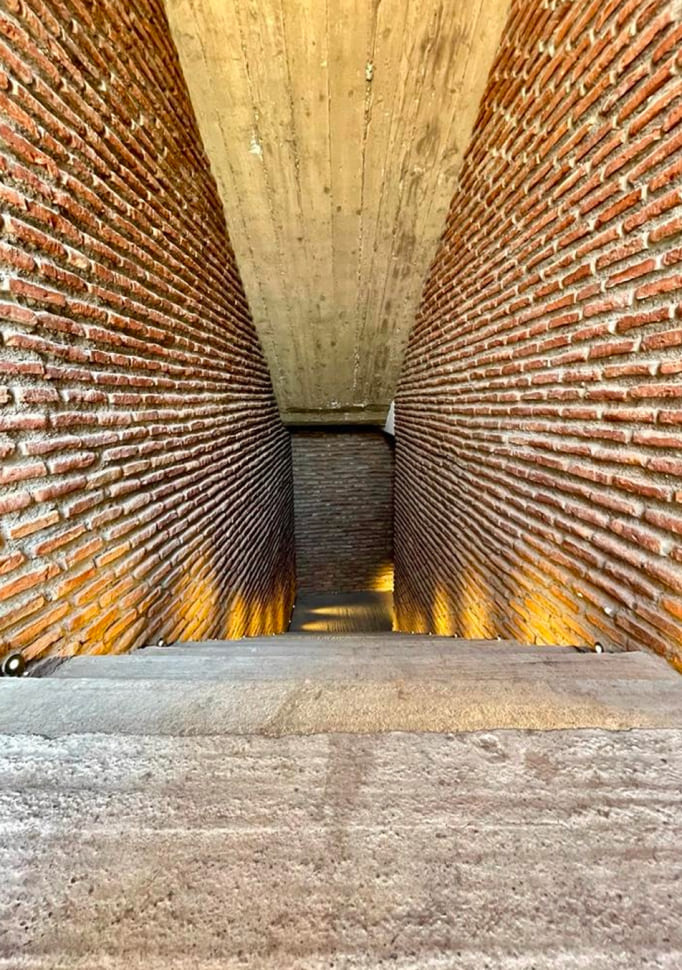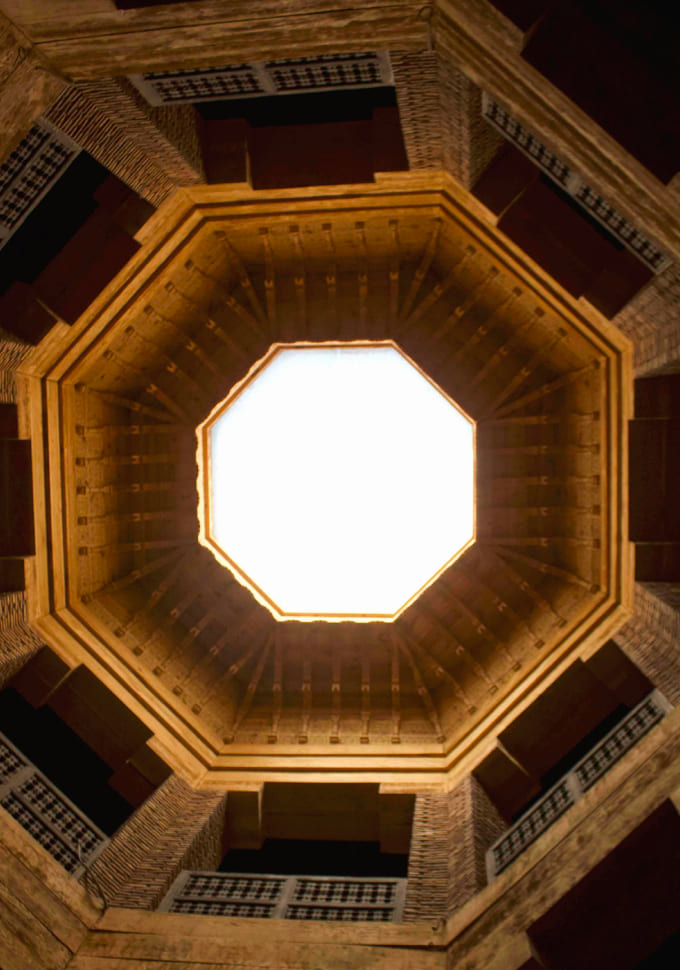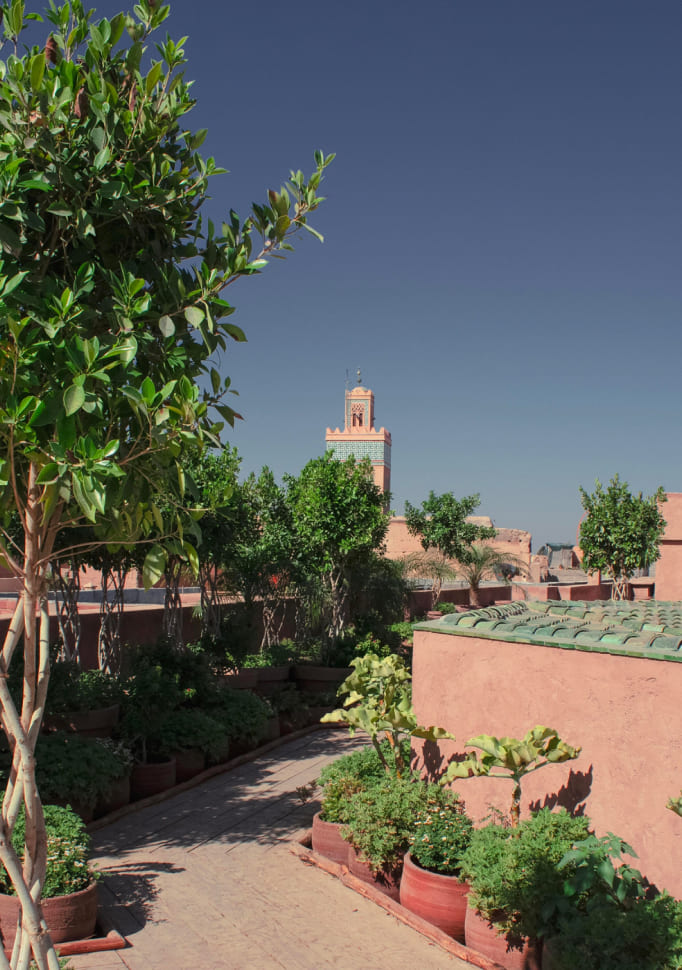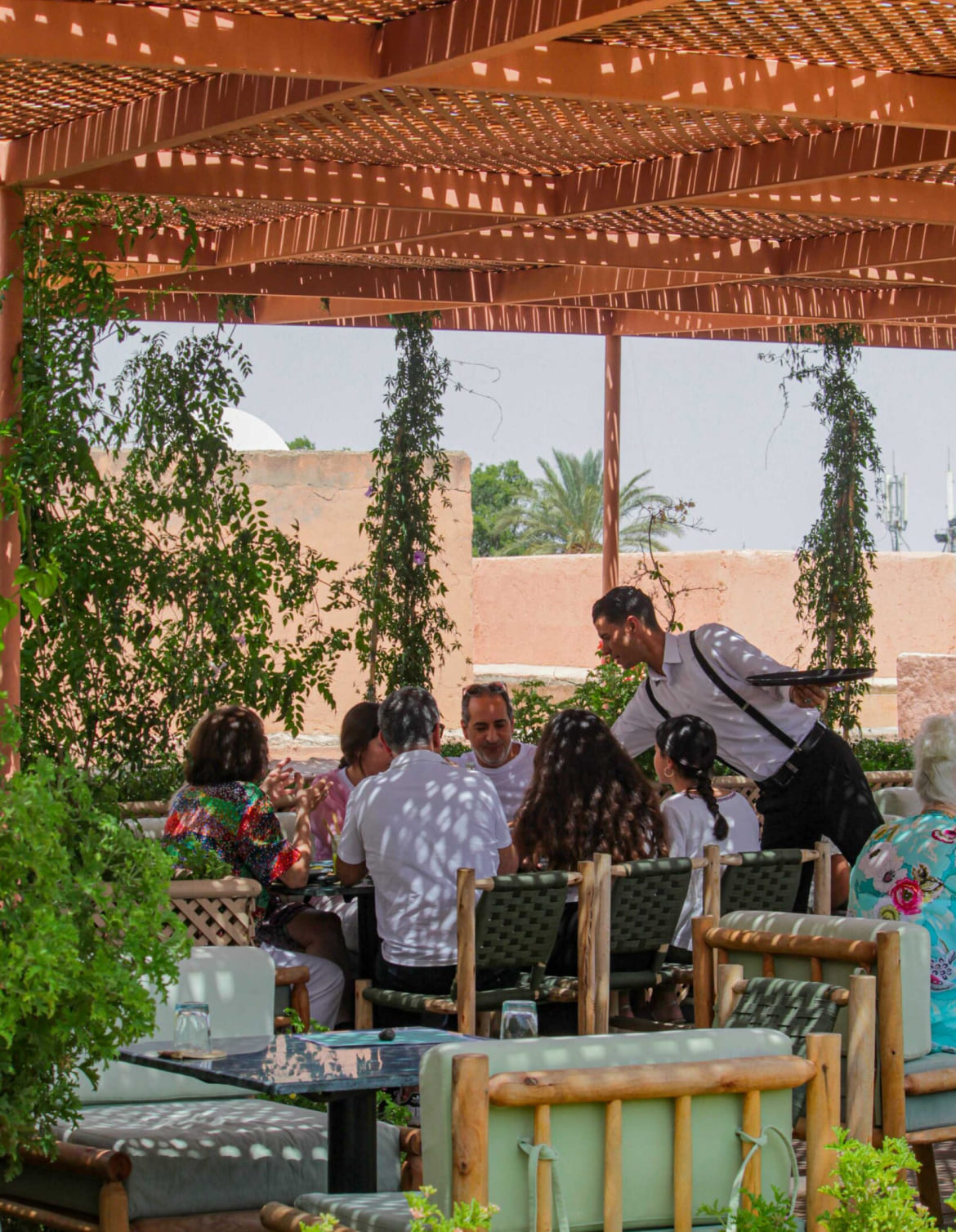Since the dawn of time, people have been making jewelry to adorn their bodies. Often worn or given on special occasions, jewelry is closely linked to the traditions that punctuate individual and collective life. As a social marker, it reveals a bond or a rupture between people in the same group. A bond that can be emotional, political or economic. Jewelry is also the result of creation and know-how. As a product, it raises the question of its materials, techniques, historical and socio-economic conditions of production, circulation and value.
With a rich cultural program and a monumental collection, MAP Marrakech aims to question the functions and uses of jewelry. To open up avenues for understanding jewelry in all its complexity. In doing so, MAP Marrakech hopes to address fields as vast as anthropology, aesthetics, ethnography, psychology, sociology and history.
MAP Marrakech's mission is to explore the functions and uses of finery, reminding us that to be understood, it cannot be dissociated from the practices and thoughts that shape it.
The architecture
Designed by the Franco-Lebanese architect-decorator duo Michel Charrière and Joseph Achkar, the building is an architectural feat in itself: inspired by the Medersa Ben Youssef, it extends over three levels and nearly 1,400 m² around an octagonal skylight with an impressive façade that fits perfectly into the aesthetics of the medina. Stonemasons, carpenters, Zouaqeurs, plasterers and other masons have, during the five years of the construction site, expressed their talent by using, among other things, no less than 180,000 terracotta bricks and several dozen solid cedar beams. Combining modern museographic concepts and tradition, this space reflects the image of an authentic Morocco that knows how to respond to the challenges of contemporaneity, a dialectic between classical elements and discreet technology. On the terrace, the hanging garden is like a final point of tension during the visit to prolong reflection and daydreaming.
The Franco-Lebanese duo of interior designers, Michel Charrière and Joseph Achkar, enjoy a reputation that speaks for themselves. For over 30 years, they have been traveling the world to restore sumptuous private mansions, monumental residences and historic palaces and have nevertheless worked in the greatest discretion for a long time. In 1983, Joseph Achkar arrived in Paris. He left his native country, Lebanon, after the assassination of his father, a figure of Maronite Christianity and owner of a palace on Mount Lebanon. He met Michel Charrière, a recent graduate of the School of Decorative Arts. A passion for places full of history and their stories binds them. They have this passion for the architectural wonders of the past. They then decided to make it their profession. Together, the duo will save, restore, develop and furnish villas, castles, private mansions, mansions.
In 2017, they were entrusted by the Centre des monuments nationaux, a colossal project: the renovation of the Hôtel de la Marine on the legendary Place de la Concorde in Paris. The project is monumental in every sense of the word. The site measures 12,000 square meters. Achkar and Charrière restored 500 pieces of joinery there, they created a glass roof of more than 300 square meters to cover the interior courtyard. The project lasted 3 years. Their artistic bias was to restore the atmosphere of the 18th century because according to them "restoring means finding the decorations of the period". For the Monde des Arts de la Parure, they created this unique place combining respect for the pure Moroccan architectural tradition and innovative technical prowess.
You have to go in the direction of a place, the content must be in agreement with the container.
Joseph Achkar, interior designer
The Rooftop / Garden
The Terrace / Garden lets you discover and appreciate the immediate surroundings, from the storks' nests on the ramparts of the Badii Palace to the proud minaret of the Moulay El Yazid Mosque, a 12th-century cousin of the Koutoubia, all set against a backdrop of the Atlas Mountains. It is home to a hanging garden designed by landscape architect Marius Boulesteix, who created a singular planted space that evokes travel and invites you to stroll.
The founders

Our Story
By Marlène and Paolo Gallone
Throughout our travels, we gathered, piece by piece, a collection of jewelry and textiles unearthed in villages, markets, workshops, and antique shops from across the world. Each object carried within it a story, a memory, a gesture of craftsmanship — narratives we no longer wished to keep confined to the intimacy of our dinner table, but to share in the light, in a space that would do them justice. And yet, building a museum was never our initial intention.
The idea took shape thanks to architect Élie Moïal, who imagined a first display of the collection in a riad at the entrance of the Medina. The space, though full of charm, was too small to fully realize the project — but it planted in us a certainty: we needed to go further.
We were lifted by the enthusiasm and commitment of a core circle of friends: Anne Judet, architect; Véronique Sedro, in charge of direction; Réjane Lacoste, communications; Michel Gallone, lighting and technical systems; and Éléonore de Poortere, scenography and interior design. With them, a project well beyond the scope of a simple exhibition hall began to take form. It soon became clear that a dedicated space was needed — vast and conceived as a true work of architecture.
We entrusted the design of the building to Anne Judet — already a close collaborator — who partnered with Moroccan architect Karim Iraqui. Together, they gave life to the unique octagonal structure that now defines the identity of the MAP, at the crossroads of tradition and modernity.
As the artistic project took shape, architect and art historian Joseph Achkar, along with decorator Michel Charrière, brought the essential aesthetic harmony: a subtle alliance of space, light, and elegance, fully revealing the soul of the place.
Meanwhile, we entrusted Alaa Edine Sagid, collector and expert in ethnic jewelry and antique textiles, with the task of cataloguing the entire collection and shaping its scenographic presentation.
The name “Monde des Arts de la Parure”, now self-evident, was suggested by artist Yannick Jakober. Along with her husband Ben Jakober, also an artist, they founded the Museo Sa Bassa Blanca in Mallorca — a place where popular traditions and contemporary art engage in dialogue. Their perspective confirmed what we already sensed: our project could not be limited to a mere display of objects, but had to become a living tribute to the universal art of adornment — a celebration of beauty, craft, tradition, and humanity.
Building a museum was never our first intention — and yet, this is how MAP was born: a living museum, designed to welcome, transmit, and connect the cultural heritages of the world — a place where the creators of yesterday engage in dialogue with the visitors of today.



